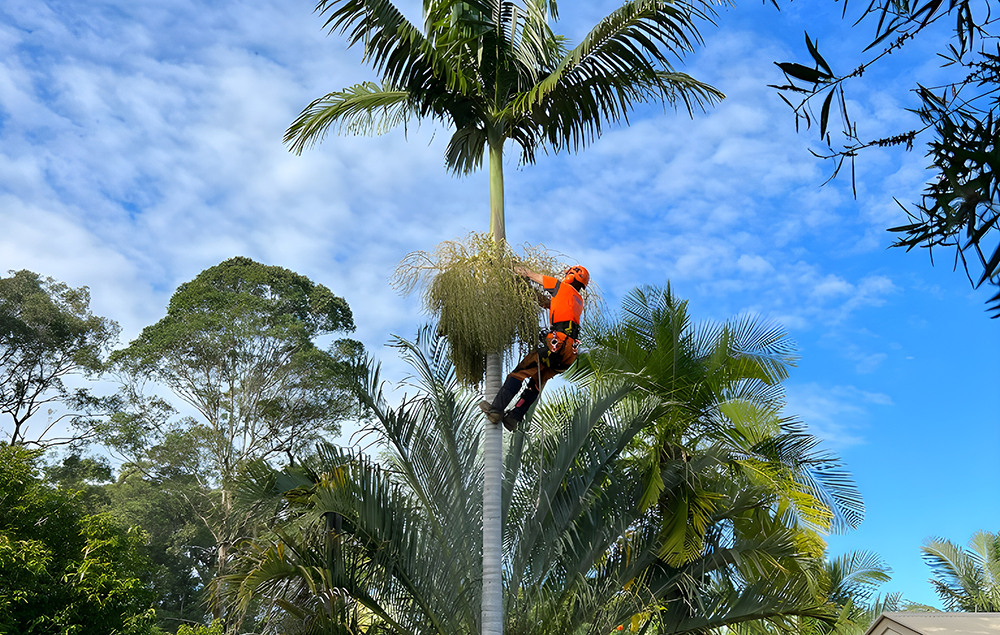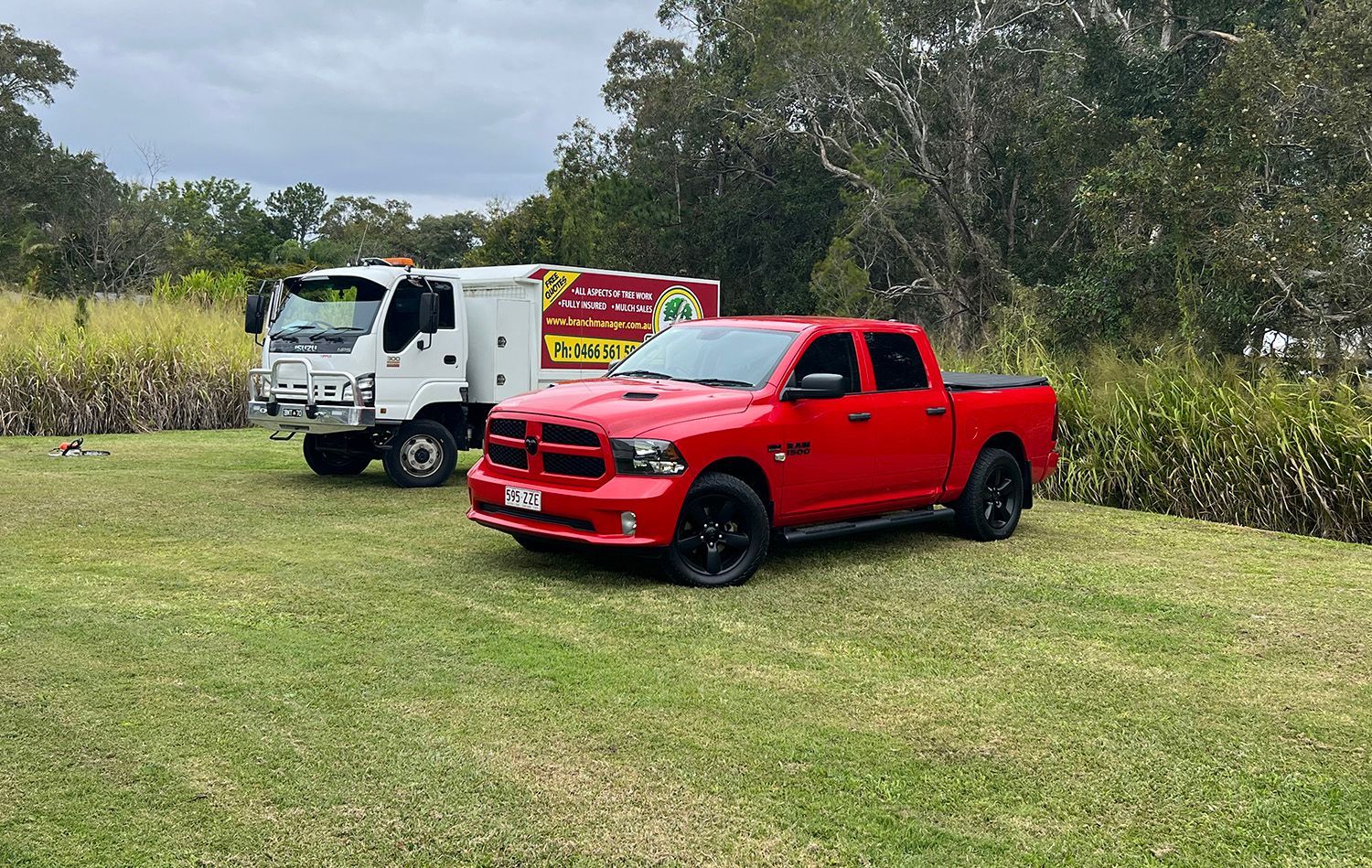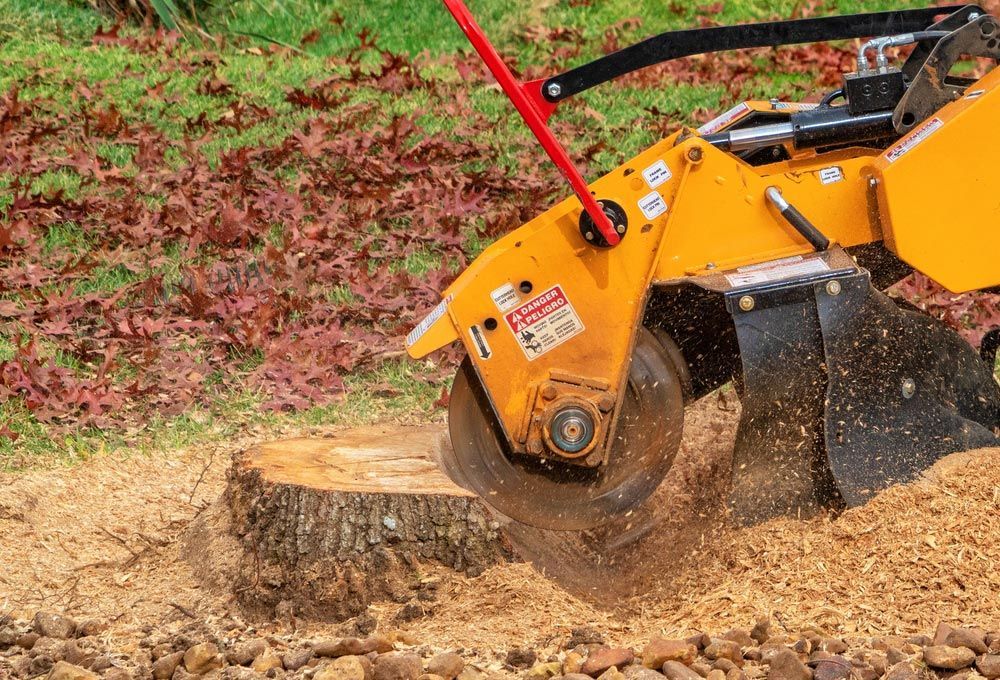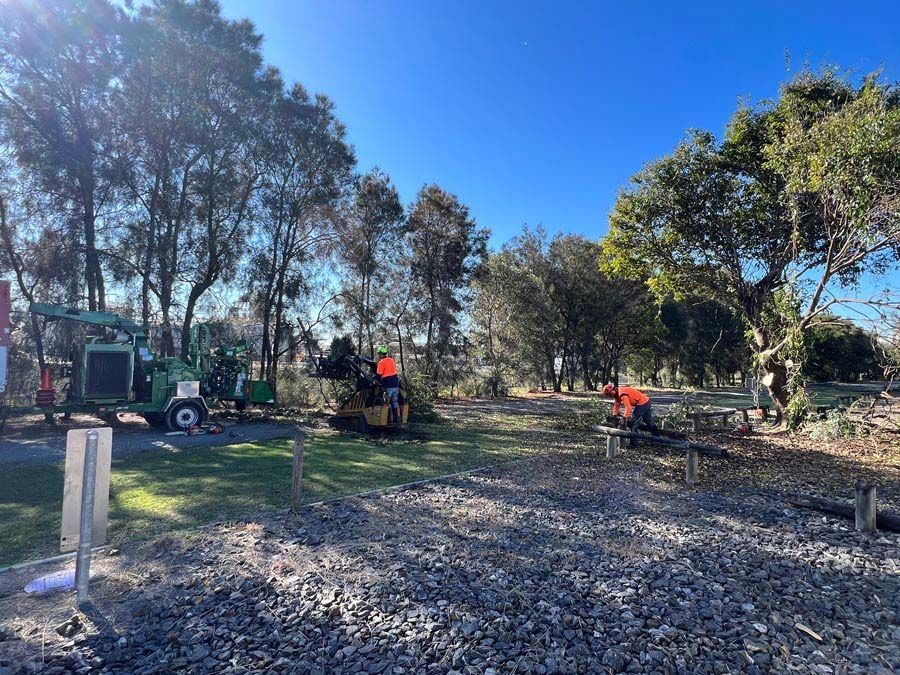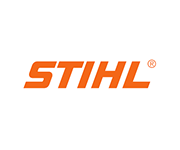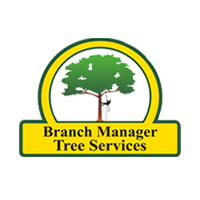Tree Lopping vs Tree Pruning: Understanding the Differences & Benefits
Not sure whether your tree needs lopping or pruning? These two terms are often used interchangeably, but they refer to very different techniques with distinct goals and outcomes. Whether you're looking to manage overgrown branches or maintain tree health, knowing the difference can help you make informed decisions for your property.
In this blog, we’ll explore the differences between tree lopping and tree pruning, explain when each method is appropriate, and highlight why professional tree care matters, especially when dealing with tree lopping on the Sunshine Coast.
What is Tree Lopping?
Tree lopping is a method that involves cutting large branches or removing sections of a tree to reduce its size or reshape its canopy. This process is usually more aggressive than pruning and is often carried out to address safety concerns, improve views, or manage overgrowth.
Common Reasons for Tree Lopping:
- Preventing interference with power lines or structures.
- Managing risk from unstable or leaning trees.
- Controlling rapid or excessive growth.
- Improving access to sunlight in shaded areas.
If you're wondering what is tree lopping, it's important to understand that this method is often used as a last resort or temporary solution—particularly when a tree poses an immediate hazard.
What is Tree Pruning?
Pruning a tree involves the selective removal of smaller branches or limbs to encourage healthy growth, remove dead or diseased wood, and improve the tree's natural structure. Unlike lopping, pruning is a targeted, less invasive technique that supports long-term tree health.
Purposes of Pruning:
- Enhancing structural integrity and balance.
- Promoting new, healthy growth.
- Removing dead, broken, or diseased branches.
- Improving light and airflow through the canopy.
Regular pruning is a preventative measure that helps trees thrive while reducing future risks. It’s a common part of ongoing tree maintenance on both residential and commercial properties.
Key Differences Between Tree Lopping & Tree Pruning
While both methods involve cutting parts of a tree, the purpose and outcome of each are quite different. Tree lopping is generally used to reduce the overall size of a tree or remove large branches that pose a hazard or obstruct structures. It often involves removing significant portions of the canopy and can result in a less natural shape. Because of the scale and nature of the cuts, lopping may place stress on the tree, increasing the risk of decay, disease, or structural instability.
In contrast, pruning is a more measured and selective approach. The focus is on removing specific branches to improve the tree’s shape, encourage healthy growth, and eliminate damaged or diseased sections. It’s a technique that supports the long-term health and structure of the tree, often carried out on a routine basis as part of regular tree care. While lopping is more reactive and used in urgent or safety-related situations, pruning is proactive and maintains tree vitality over time.
Understanding these distinctions helps in choosing the appropriate service based on the condition of the tree and the intended outcome. Where lopping manages immediate concerns, pruning contributes to overall tree resilience.
When to Use Tree Lopping
Tree lopping may be necessary in situations where immediate intervention is needed due to safety, space, or structural concerns. It is commonly used as a short-term measure, particularly when a tree has grown too large or poses a hazard.
Appropriate Situations for Tree Lopping:
- After storm damage, when branches are hanging dangerously.
- Trees encroaching on homes, fences, or driveways.
- Managing trees too large for their environment.
- Removing unstable limbs from older trees.
When carried out by professionals, lopping can help reduce risk without compromising nearby structures. However, incorrect lopping may harm the tree, making a professional assessment critical.
When to Choose Tree Pruning
Tree pruning is generally the preferred method for routine maintenance. It supports the tree’s natural form while keeping it safe and visually appealing.
Ideal Times to Prune a Tree:
- During dormancy for most species (usually winter).
- After flowering for certain ornamental trees.
- To remove small limbs showing signs of disease or pest damage.
- When shaping young trees for proper development.
Regular pruning promotes healthier trees, better airflow, and improved resistance to storm damage, making it an essential part of long-term tree care.
Why Professional Tree Care Matters
Whether you're managing a single backyard tree or multiple trees on a larger property, professional care is essential. Improper techniques can lead to tree stress, decay, or even safety risks. Tree lopping and pruning require a detailed understanding of tree biology, growth patterns, and safety protocols.
Benefits of Hiring Tree Care Professionals:
- Proper assessment of tree condition and risks.
- Use of industry-approved pruning or lopping methods.
- Safe removal of high or heavy branches.
- Ongoing care advice tailored to local species and conditions.
On the Sunshine Coast, hiring professionals who understand the regional climate and native vegetation can improve outcomes and reduce the risk of unnecessary damage.
Considerations Specific to the Sunshine Coast
Trees on the Sunshine Coast face unique challenges—from coastal salt exposure and storm season to the demands of urban and suburban growth. Whether you’re pruning a tree to promote coastal breeze flow or lopping overhanging branches threatening powerlines, it's important to work with local professionals who understand these factors and can recommend the most suitable approach for your property.
Lopping or pruning without regard for tree type, age, or placement may impact property aesthetics, wildlife habitat, long-term tree health, and even compliance with local council regulations, potentially leading to unexpected fines or issues.
Cost-Effective
While stump grinding does involve a cost, it’s often more affordable than traditional stump removal methods, which may require extensive excavation. Grinding is less invasive and requires less labour, making it a cost-effective solution for homeowners looking to clear their property of unwanted stumps.
Need Tree Lopping on the Sunshine Coast? Speak to Our Team
At Branch Manager Tree Services, we help property owners make informed choices when it comes to tree lopping vs tree pruning. Understanding the difference between these services is key to maintaining both safety and tree health. While tree lopping is sometimes necessary to manage hazards or structural concerns, pruning offers a long-term approach to healthy, well-balanced trees.
Whether you're looking to reduce risk or enhance the natural beauty of your landscape, our team is here to provide professional guidance and tailored care. Contact us today to discuss your tree care needs on the Sunshine Coast.
